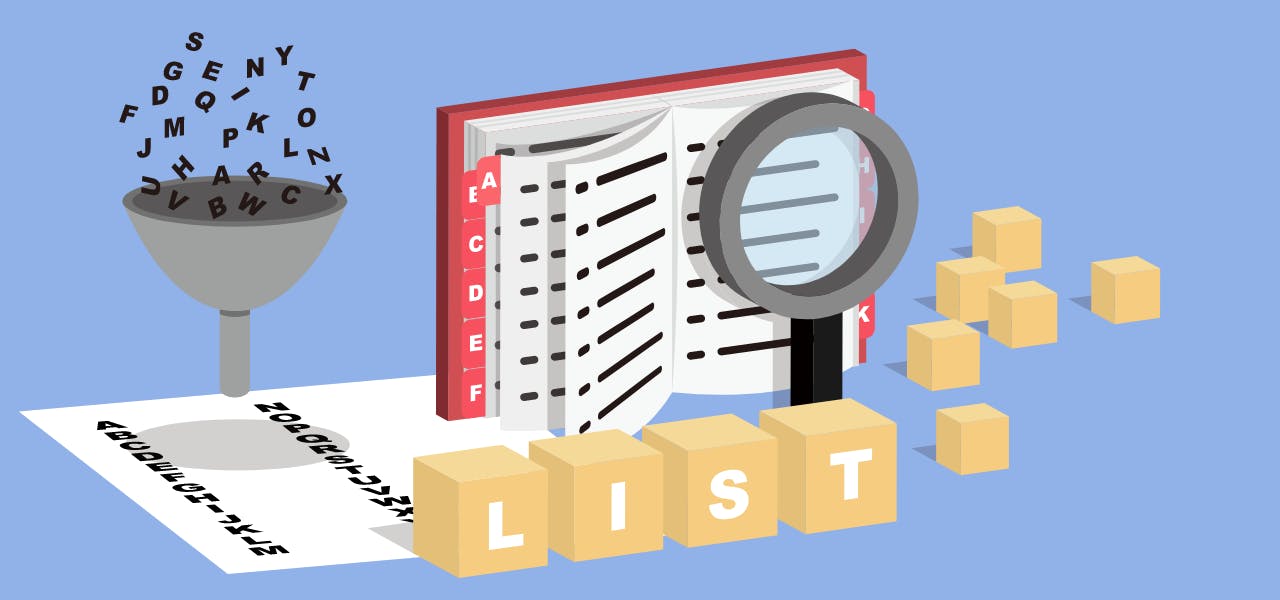The skill of alphabetizing is important enough that it is taught early in school and used for the rest of our lives in ways we take for granted. From grabbing a file from a medical office chart to finding a book in the library or a phone number out of a list, alphabetization just makes everything easier. But this skill has the ability to add a whole new level of impact to a researcher’s career, simply from the way their co- or multi-authored paper lists the writers’ names!
To keep authorship fair, anyone going into collaborative research opportunities must decide ahead of time how the paper’s final submission is going to be authored. In some cases, the team decides to list the highest contributing submitters first, in descending order. In other instances, the alphabetical skills continue to reign in their authority. Using alphabet rules to attribute authorship comes with some benefits that other types of listing don’t have, but these advantages must be better understood to compete with the idea of listing the most contributory scholars first.
Authoring a Paper - Why Order Matters
In theory, the authorship of a paper should reflect those who worked on it the most. Still others believe that the entire team was necessary in completing the research, so each person deserves equitable credit.
There are reasons why this order can become a sticking point in getting everyone to agree with the final decision. Author order makes a difference in things such as:
● Visibility of the writer, since the first author in the list gets the most attention when it comes to citing, and sometimes is the only author visible if the rules designate listing anyone afterward as ‘et. al.’ This can cause some readers to assume the first author was the expert and attribute more significance to that person.
● The last author name is often associated with the person in a supervisory position more than an actual participant in the research. This can be a good and a bad thing, since that person ends up with the credit for good work and the pressure of fixing things when there’s something that isn’t right. But this ‘last author’ role is not always the supervisor.
● Without a specific way to attribute author order, the reader makes their own assumption as to the importance of the contribution the individuals made to the work.
Citation rules and the prior knowledge of the reader make a huge difference as to how an author is seen based on their place in the order of a non-alphabetical listing.
Types of Author Listing Methods
The general reader doesn’t understand the implications behind the author order, but the researchers do. Before a project is initiated, everyone on the team must decide on how the work will be co-authored. Traditional listing methods include:
● By contribution, in which the authors who provided the most work on the article and the research are listed first, with the supervisor listed last.
● Alphabetically, typically used with large group projects with multiple authorship included in various teams, in which all authors are listed in alphabetical order regardless of their contributory status.
● Multiple recognition of the first author, where a symbol is used to denote that there would be more than one author given recognition, with explanations accompanying the symbol. With this listing, the first author still gets more visibility, but the other authors may find it appeasing to be denoted as contributory.
● Multiple recognition of the last author, similar to the first author status, but giving the opportunity for anyone who worked on the project in any capacity to be listed to hold everyone accountable for their work.
● Pre-determined order, in which the listing of authors is negotiated through debates and persuasion.
As with many other industries, when multiple people are involved in a project, getting everyone to agree can be difficult.
Why Alphabetizing is Important
When it’s difficult to come to a unanimous consensus, the default order often reverts to alphabetical. This isn’t necessarily a bad thing for anyone involved, since alphabetical skills do tend to rule the world.
Considering using alphabetical listing has many advantages. As a researcher working on a project, you want your work to be impactful, so you want it to reach more of an audience. When the work shows up on a search engine page, these are listed alphabetically. The earlier in the alphabet the first researcher’s surname is, the more likely it is that your work will be downloaded and cited. This gives your paper more visibility, simply because the author’s name was early in the alphabet!
If the team can get past the need for ego and scholarly rating concerns of their expertise, the alphabetical listing of authorship may be the best way for your paper to be submitted.
